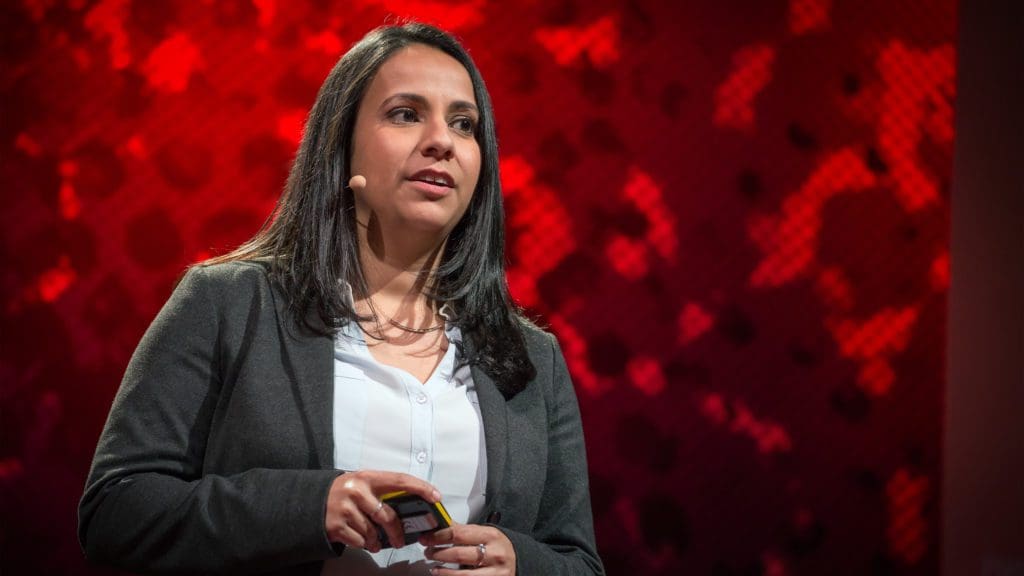While Facebook’s lackluster earnings bruised the stock market, Thursday afternoon, the Boston Federal Reserve and MIT Digital Currency Initiative (DCI) released Phase 1 of their digital currency research.
Dubbed Project Hamilton, the initiative explores theoretical applications of CBDCs and digital currencies in the US. According to a statement by the Boston Fed, it is separate from the Fed Board evaluation of CBDCs.

Under MIT DCI Director Neha Narula, the team created two types of core CBDC transition processors.
The better design was capable of handling 1.7 million transactions a second. The team had to cut out a ledger-type system to achieve superior speed, and 99% of transactions were completed in under a second.
“Our second architecture processes transactions in parallel on multiple computers and does not rely on a single ordering server to prevent double spends,” the report read. “This results in superior scalability but does not materialize an ordered history for all transactions. This second architecture demonstrated throughput of 1.7 million transactions per second with 99% of transactions durably completing in under a second, and the majority of transactions completing in under half a second.”
In comparison, Visa boasts a transaction speed of around 24,000 transactions a second (and that may be optimistic). And though relatively decentralized in a revolutionary way, bitcoin is well known for its limit to around seven transactions a second. In 2020, the Fed reported an average of 64 million transactions every day.
Results of Phase 1
The first phase is only one of many in a multi-year research effort but laid the groundwork for opensource collaboration on the future of payment databases. The team found that “Select ideas from cryptography, distributed systems, and blockchain technology can provide unique functionality and robust performance,” the research found. “A CBDC can provide functionality that is not currently possible with either cash or bank accounts. For example, a CBDC could support cryptographic proofs of payment, more complex transfers to or from multiple sources of funds, and flexible forms of authorization to spend, such as varying transaction limits.”
However, blockchain may not be the only solution, the team found. Distributed ledger operating under multiple actors did not reach the team’s goals: Project Hamilton is devised as a centralized, run by a central authority. Even if the blockchain runs under a centralized controller, the team found the architecture has bottlenecks in speed.
“There are still many remaining challenges in determining whether or how to adopt a central bank payment system for the United States,” Narula said. “What is clear is that open-source software provides an important way to collaborate, experiment, and implement. In addition to supporting collaboration, monetary systems benefit from transparency and verifiability, which open-source offers.”
The researchers found a tradeoff between keeping an order history of transactions and did not. The faster processor did not keep a record of transactions or crypto verification, and adding those in the future might slow it down.
What’s up with Phase 2?
In Phase Two, the team will add privacy and explore alternative technical designs to encourage open source contribution.
“Research topics may include cryptographic designs for privacy and auditability, programmability and smart contracts, offline payments, secure issuance and redemption, new use cases and access models, techniques for maintaining open access while protecting against denial of service attacks, and new tools for enacting policy. In addition, we hope to collaborate and explore these challenges with other technical contributors from a variety of backgrounds in the open-source repository.”
LendIt first learned about Project Hamilton in August from the SVP of the Boston Fed, Jim Cunha.
“It is critical to understand how emerging technologies could support a CBDC and what challenges remain,” Cunha said in a release on Thursday. “This collaboration between MIT and our technologists has created a scalable CBDC research model that allows us to learn more about these technologies and the choices that should be considered when designing a CBDC.”
Back in August, Cunha told the LendIt audience, “We want others to both to learn from what we’ve done with MIT but also to contribute to telling us what they like what they don’t like, actually contribute code.”
He said that adding technology to any system can make things faster and safer or slower and less secure. Cunha said that they are currently working out privacy, offline capability, programmability, and other conflicts with a new system and policy.
On top of technical development, the entire project is extraordinarily political. There are innumerable interests out there financial systems in place that a major digital currency could disrupt.


